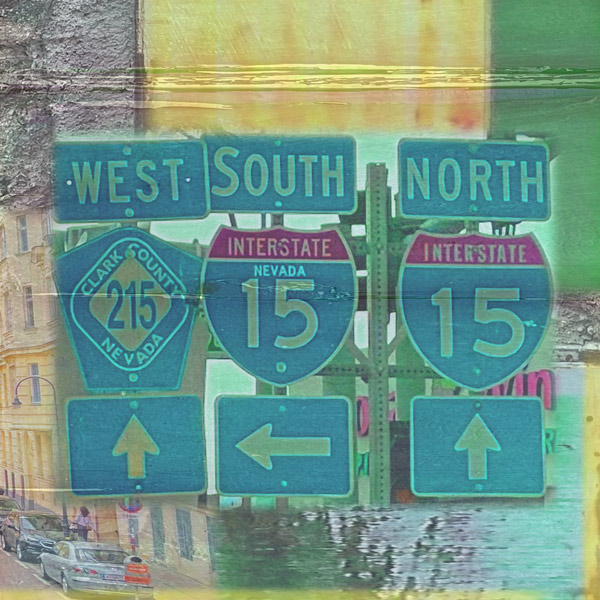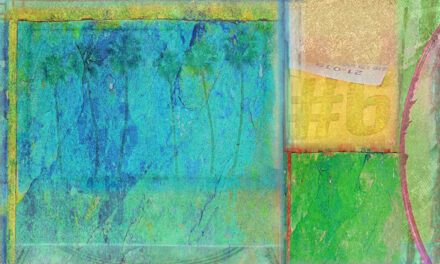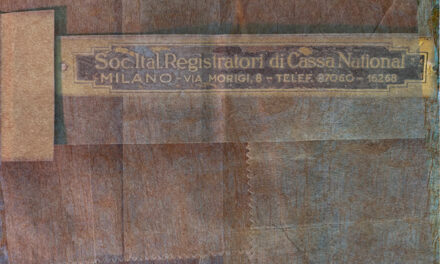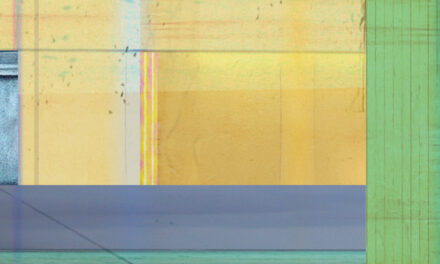The Beverly Hills Hotel was sold out so she drove to the Hotel Bel-Air.
It was time to splurge, at least for a few days.
An officious desk clerk incapable of making eye contact gave her a hard time about an early check-in.
Too exhausted to press her case, still rattled by the cement truck crashing into the motel in Tarzana, she had the bellman store her luggage.
One of her three thumb drives with all the quarterly oil and gas reserve reports of the Cuyama River Basin was in her purse.
The others were tucked away, one in a safe deposit box at the First State Bank in Reserve, New Mexico, the other taped inside an air conditioning duct at her mother’s condo in Palm Springs.
She had enjoyed working as a petroleum engineer. Calculus came easily, a native language. Working in the field provided freedom.
Her goal had been to design extraction systems to minimize environmental impact. She figured the oil and gas was coming out of the earth one way or another.
Fossil fuels would be around for another few decades. She could help make the best of a bad situation.
She wouldn’t just design extraction systems that would cut back the number of spills and releases. That was straightforward. She wanted more, to step into the lion’s mouth and stop radiation leaks triggered by fracking.
She knew horizontal drilling and hydraulic fracturing unlocked radioactivity from uranium, thorium and radium. It was fracking’s dirty little secret.
She knew the radioactivity could be controlled. The question was, to what extent and at what cost?
When they hired her, she was told this was just what they wanted. Then an economic downturn hit. Supply and demand upheavals unleashed cost cutting that upended these initiatives.
That’s when they started to cook the books.
For breakfast out on the patio at the Hotel Bel-Air, she had huevos rancheros with black beans, salsa, avocado, cotija and corn tostadas.






